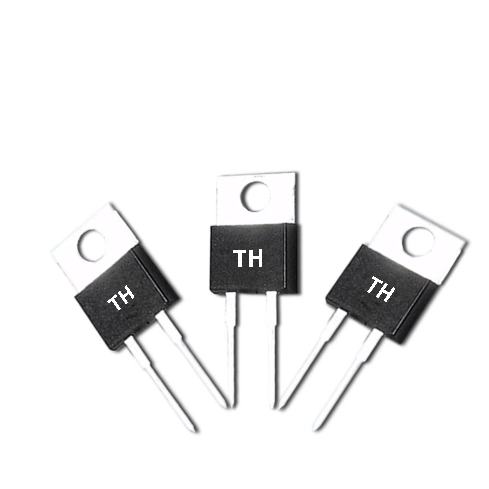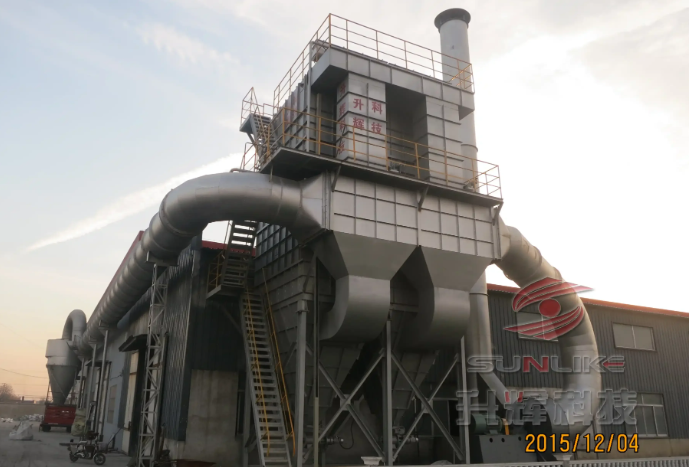When it comes to electronics, soldering is an indispensable skill. Whether you're assembling a circuit board, repairing a device, or creating a custom project, the quality of your soldering can significantly impact the performance and longevity of your work. One common question that arises among hobbyists and professionals alike is: Do I need a special soldering iron for electronics? This article delves into the nuances of soldering tools, helping you make an informed decision.
Understanding Soldering Irons: The Basics
Before we explore whether a special soldering iron is necessary, it's crucial to understand the basic types of soldering irons available on the market. The most common types include:
- Standard Soldering Irons: These are typically inexpensive and easy to find. They usually have a fixed temperature and are suitable for basic soldering tasks.
- Temperature-Controlled Soldering Irons: These models allow you to set and maintain a specific temperature, which is essential for working with sensitive electronic components that can be damaged by excessive heat.
- Soldering Stations: These are more advanced setups that often include a soldering iron, a power supply, and a temperature control unit. They provide precise temperature control and are ideal for professional-grade work.
- Desoldering Tools: While not a soldering iron per se, these tools are essential for removing solder and can be crucial for repair work.
Why Temperature Control Matters
When working with electronics, the temperature at which you solder is critical. Most electronic components, especially integrated circuits (ICs) and surface-mounted devices (SMDs), are sensitive to heat. Excessive heat can lead to thermal damage, affecting the performance and reliability of the component.
A temperature-controlled soldering iron allows you to adjust the heat to suit the specific requirements of the components you are working with. For example, soldering a delicate SMD may require a lower temperature compared to soldering a larger connector.
The Importance of Tip Selection
Another factor to consider when choosing a soldering iron for electronics is the type of soldering tip. The tip's shape and size can significantly influence your soldering experience. Common tip shapes include:
- Conical Tips: Ideal for precision work and small components.
- Chisel Tips: Suitable for larger joints and can transfer heat more effectively.
- Bevel Tips: Great for drag soldering and working with multiple pins at once.
Using the right tip can enhance your control and accuracy, making it easier to create clean, reliable solder joints.
Additional Features to Look For
When selecting a soldering iron for electronics, consider the following features:
- Wattage: A soldering iron with a wattage between 20W to 60W is generally sufficient for most electronics work. Higher wattage can heat up the iron faster but may also lead to overheating if not controlled properly.
- Ergonomics: A comfortable grip and lightweight design can reduce fatigue during extended soldering sessions.
- Quick Heating: A soldering iron that heats up quickly can save you time and improve efficiency, especially in a professional setting.
- Interchangeable Tips: Having the option to change tips allows for versatility in your projects, accommodating various soldering tasks.
Conclusion: Do You Need a Special Soldering Iron for Electronics?
In summary, while you may not need a special soldering iron per se, investing in a quality, temperature-controlled soldering iron with the right tips and features is highly recommended for electronics work. The precision and control offered by these tools can make a significant difference in the quality of your solder joints and the overall success of your projects.



+ There are no comments
Add yours